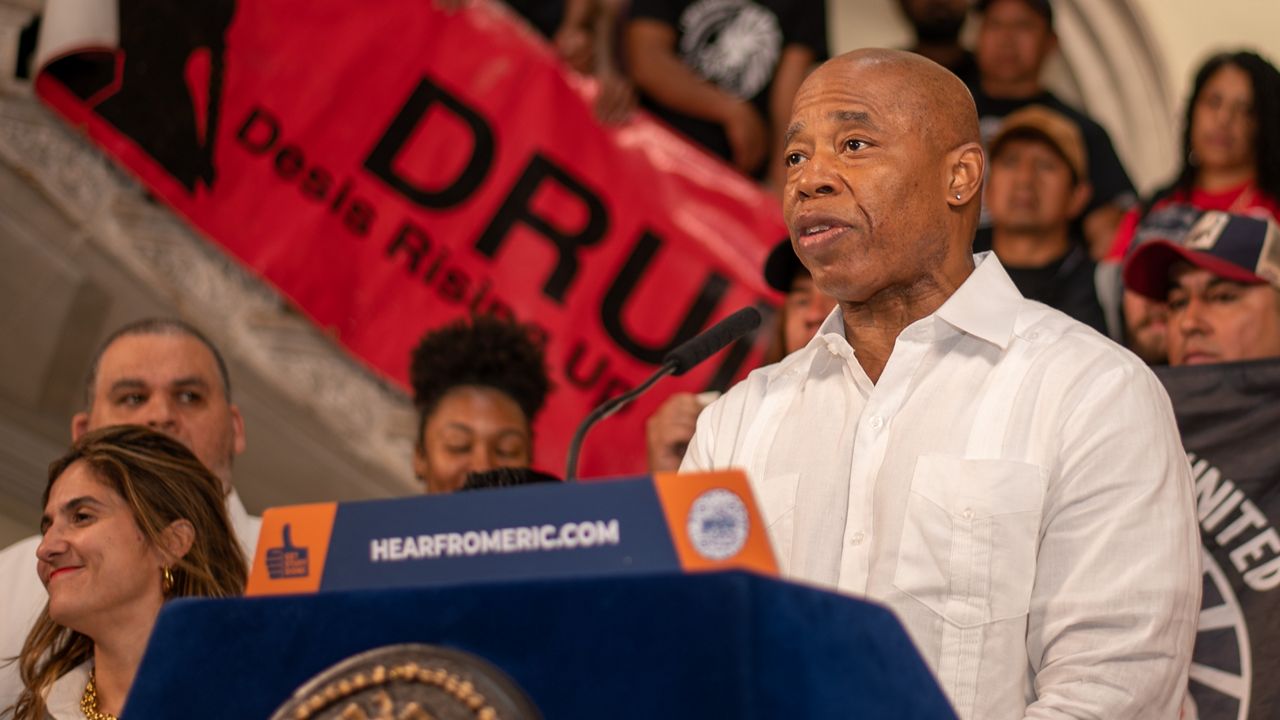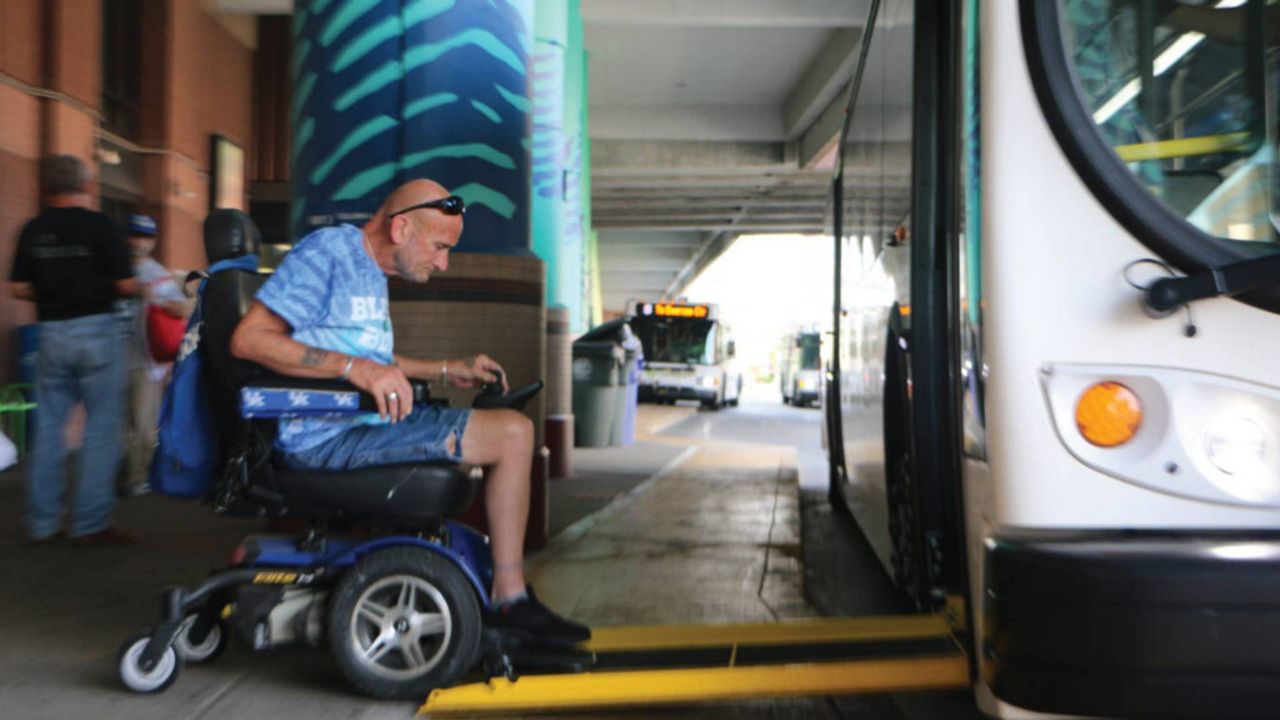The city’s most common unspoken rule — jaywalking — is another step closer to becoming the law of the city.
On Thursday, a 10 a.m. city Department of Transportation hearing marked the final administrative hurdle in amending city rules to reflect a law passed last year by the City Council.
While the rule change is not technically in effect yet, Thursday's meeting allowed the public to comment on the proposal. The DOT does not respond to those comments during the hearing, but at a later — currently unspecified — date, it will publish the finalized rule change in the official city record. The update will then formally take effect 30 days after that publishing date.
The public hearing came months after the City Council in September 2024 overwhelmingly passed legislation decriminalizing the act. Mayor Eric Adams allowed the bill to sit untouched for 30 days, neither signing nor vetoing it, paving the way for it to become law.
Previously, jaywalkers faced potential fines of up to $250, though citations were rare. In 2024, NYPD officers issued just over 300 summonses for jaywalking, statistics show.
Councilwoman Mercedes Narcisse, who represents neighborhoods in southern Brooklyn that include Bergen Beach and Canarsie, championed the legislation and noted there was a stark racial disparity in terms of enforcement. She said 90% of the jaywalking tickets issued in 2023 went to Black and Latino people.
“Let’s be real, every New Yorker jaywalks. People are simply trying to get where they need to go,” Narcisse told The Associated Press in October. “Laws that penalize common behaviors for everyday movement shouldn’t exist, especially when they unfairly impact communities of color.”
While jaywalking, or crossing the street outside of crosswalks, will no longer be a punishable offense, pedestrians are still encouraged to use crosswalks and follow traffic signals for safety.
“Pedestrians crossing at points outside of a marked or unmarked crosswalk do not have the right of way,” the updated DOT rules state. “They may cross any roadway, other than a limited access highway, at any point… but must yield to other traffic that has the right of way.”
Original jaywalking laws were pushed by the auto industry in the 1930s as a way to keep people off streets and make more room for vehicles, according to America Walks, a Seattle-based group that's been tracking states that have decriminalized jaywalking.
The group notes other cities and states from Denver, Colorado and Kansas City, Missouri, to California, Nevada and Virginia have decriminalized jaywalking in recent years.
Editors note: A previous version of this story misstated the date on which jaywalking will be formally legalized in New York City.









